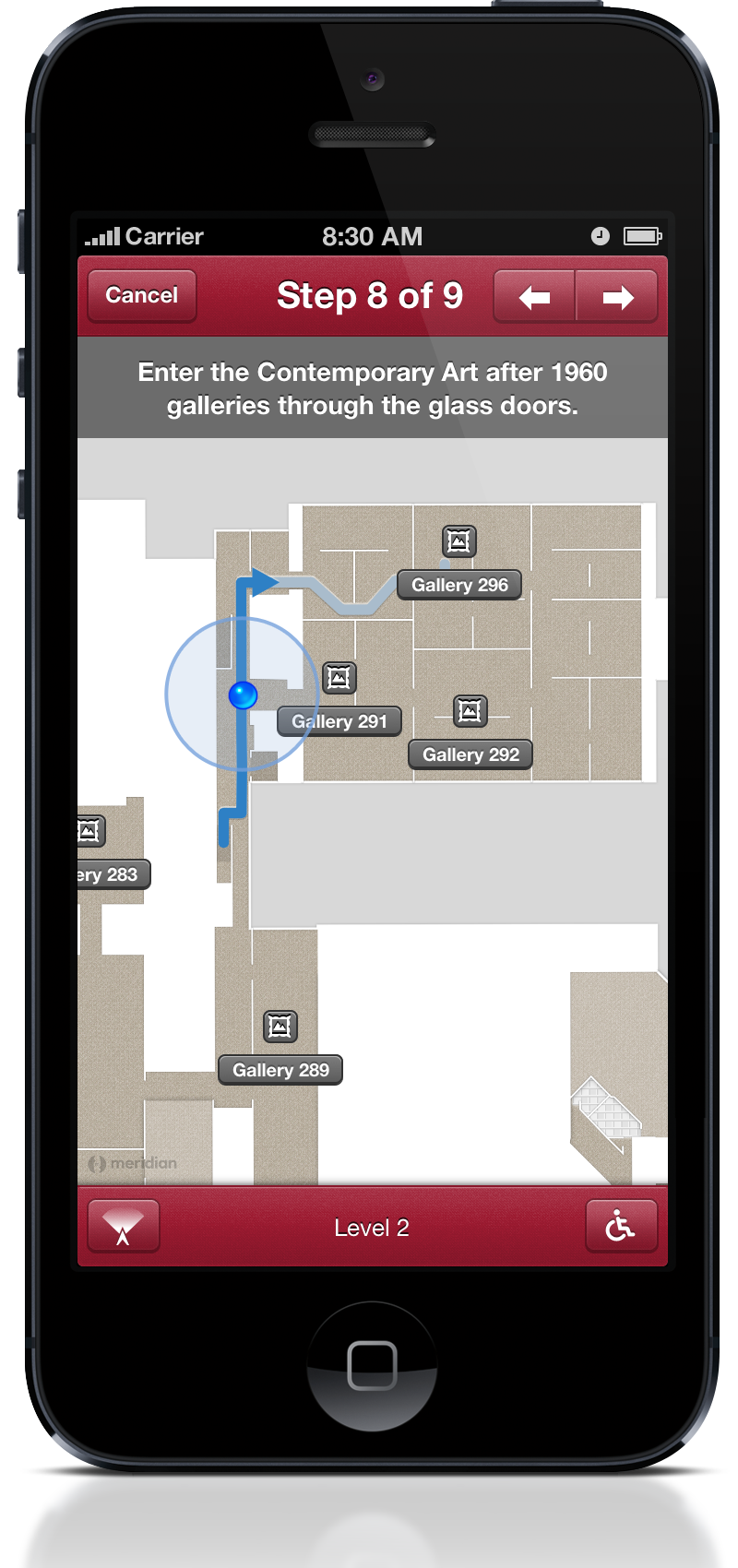With the conclusion of an eight-year long research project, Vincent van Gogh has been in the news quite a bit recently. In 2005, the van Gogh museum teamed up with Shell and the Netherland’s Cultural Heritage Agency to research the materials, tools, techniques, and working processes of the artist. The website for the research project, Van Gogh’s Studio Practice, describes contains blog posts about how the researchers approached their work and describes the aims of their research. The results of the project were not earth-shattering, but the small surprises they discovered do deepen our understanding of van Gogh’s works and his psyche. The most talked about new discovery is the fact that The Bedroom was originally painted with violet walls, but since the red pigment of the paint faded, we know the work as having blue walls.
The new exhibition at the van Gogh Museum benefits from results of this lengthy research project, and is called Van Gogh at Work (May 1, 2013–January 12, 2014). The show will contain 200 works by van Gogh as well as some contemporary artists, as well as archival materials such as letters, sketchbooks, and the artist’s palette and paint tubes. The show will also include a digital re-creation of The Bedroom to show how it would have looked with the original violet walls.
The Van Gogh Museum also has a web portal for van Gogh’s letters (written and received) that contains facsimiles, transcriptions, and detailed object information of some 900 letters and 25 miscellaneous loose sheets or drafts. You can browse the collection by period, correspondent, place, or limit your results to letters that contain sketches. Simple and advanced search features are also available. The website also contains a wealth of contextual essays, biographical information, and research tools including the publication history of van Gogh’s letters, a chronology, and detailed bibliographies of the individual letters. A few years ago, the Van Gogh Museum in Amsterdam released an app called Yours, Vincent: The Letters of Vincent Van Gogh, which contains digitized versions of van Gogh’s letters, sketches, and paintings as well as audio and video contextual clips.
Via ArtNews and the New York Times. For more information about van Gogh’s archival presence, visit Vincent van Gogh, The Letters or the Yours, Vincent app. You can always stop by the VRC to check it out, too!
Image: Vincent van Gogh. Self-portrait with a Straw Hat (verso: The Potato Peeler), probably 1887. The Metropolitan Museum of Art, 67.187.70a. Image © The Metropolitan Museum of Art.
